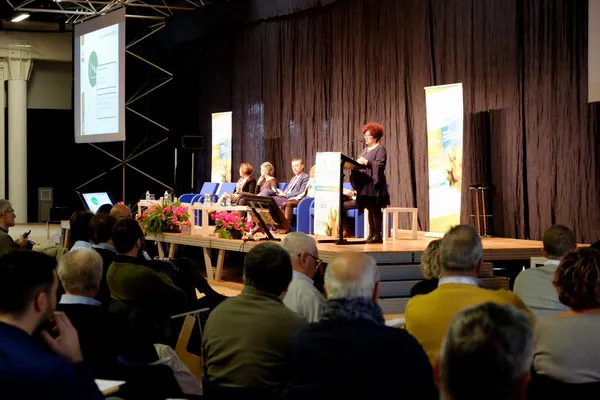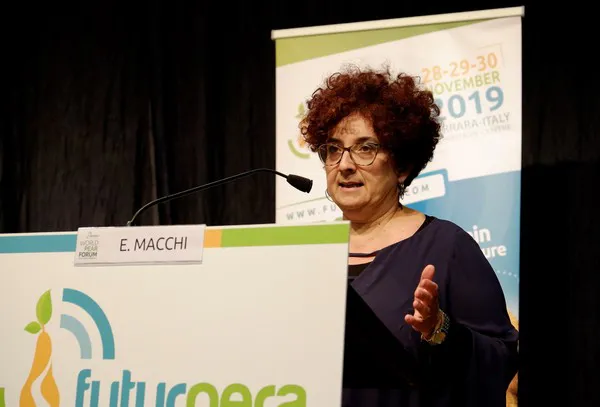The third and final day of the World Pear Forum, held from 28 to 30 November in Ferrara, in conjunction with FuturPera 2019, was focused on the new challenges regarding pests and diseases, with particular emphasis on the Asian bug.
Elisa Macchi, director of CSO Italy, provided an accurate and complete overview of the present situation, outlining the challenges caused by the invasion of insect pests of Chinese origin, and by the brown spot disease, while also forecasting the trend of the sector in 2022.

Taking into account the damage suffered both in the economic and production areas, the loss in the pear segment in Northern Italy was assessed by CSO Italy at 267.5 million euros. This is a huge number that does not consider the social impact caused by the lower employment of labour, which amounts to a total of 337 thousand working days for the entire campaign.
"With regards to 2019, we registered a very high loss of production profitability, amounting to 8.600 euros/ha, resulting from a PLV (gross saleable production) of only 8.900 euro per hectare compared to production costs equalling 17.500 euro", explained Macchi.
 Elisa Macchi
Elisa Macchi
These are disappointing statistics that could also lead to a negative impact in the future: if we consider year 2022, the production of pears in Emilia-Romagna Region, which represents 70% of the Italian production, is expected to drop by 18% for Abate, 19% for Conference, 13% for Kaiser and 22% for Decana.
"These are only assumptions - clarified Elisa Macchi - of the number of plants that will go into production and those that will be abated, based on the rate of abatement recorded over the years. These percentages, therefore, will need to be verified. However, if we don't find quick solutions to overcome this critical moment, not only could these predictions become reality, but it could be even worse than imagined."
